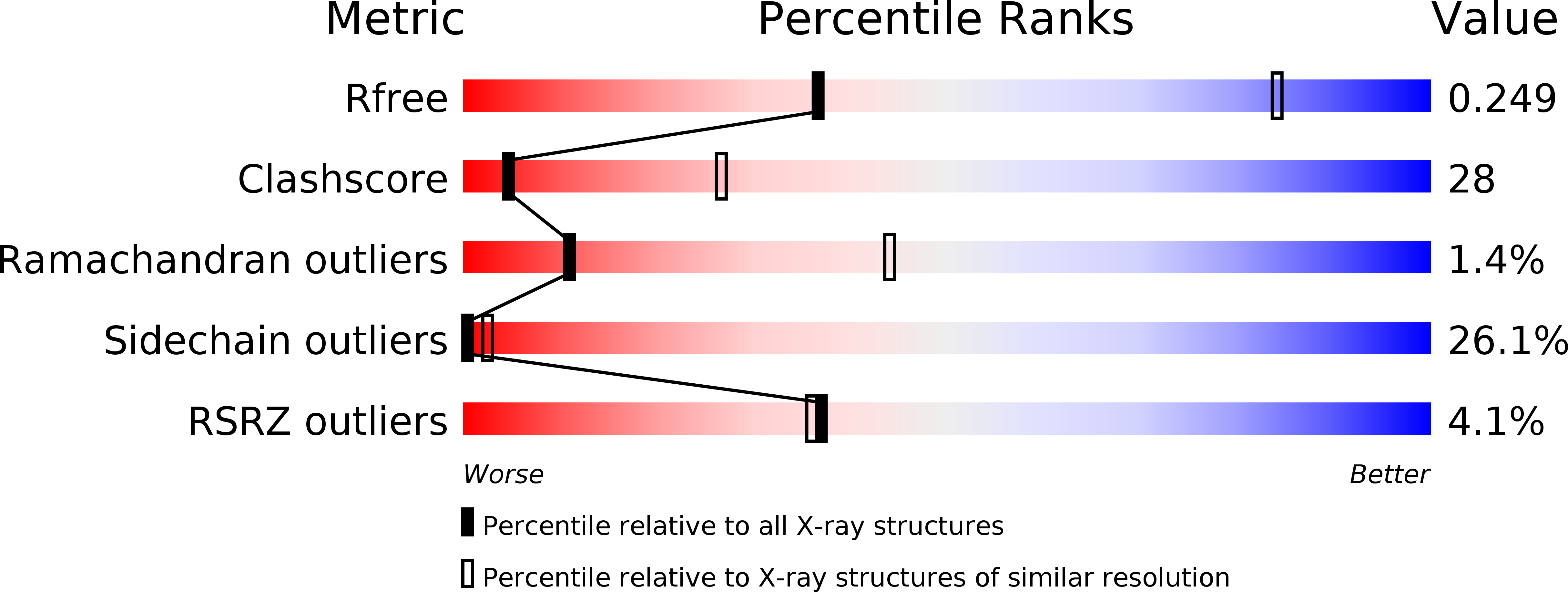
Deposition Date
2014-06-30
Release Date
2014-09-03
Last Version Date
2024-11-20
Method Details:
Experimental Method:
Resolution:
3.45 Å
R-Value Free:
0.24
R-Value Work:
0.20
R-Value Observed:
0.20
Space Group:
C 1 2 1


